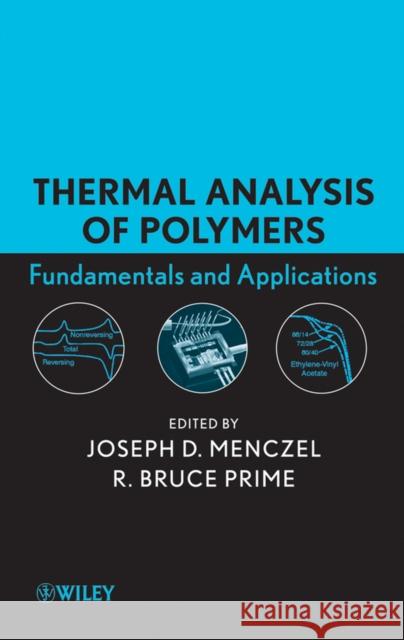Thermal Analysis of Polymers » książka
topmenu
Thermal Analysis of Polymers
ISBN-13: 9780471769170 / Angielski / Twarda / 2009 / 704 str.
- Presents a solid introduction to thermal analysis, methods, instrumentation, calibration, and application along with the necessary theoretical background.
- Useful to chemists, physicists, materials scientists, and engineers who are new to thermal analysis techniques, and to existing users of thermal analysis who wish expand their experience to new techniques and applications
- Topics covered include Differential Scanning Calorimetry and Differential Thermal Analysis (DSC/DTA), Thermogravimetry, Thermomechanical Analysis and Dilatometry, Dynamic Mechanical Analysis, Micro-Thermal Analysis, Hot Stage Microscopy, and Instrumentation.
- Written by experts in the various areas of thermal analysis
- Relevant and detailed experiments and examples follow each chapter.











